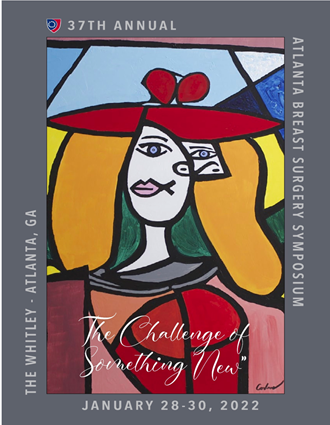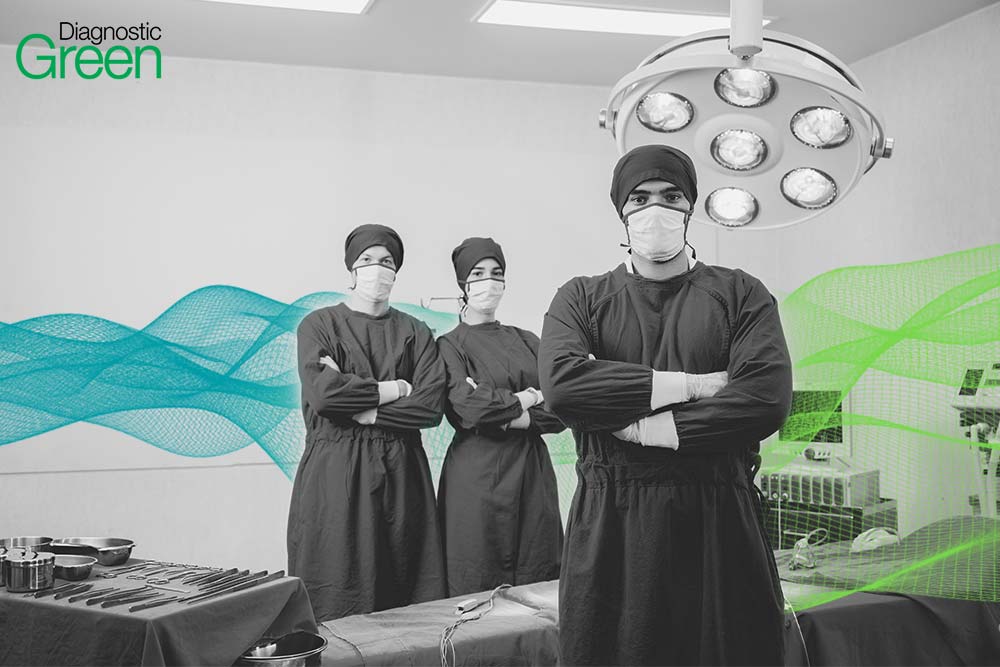Background: Indocyanine green (ICG) fluorescence has proven to be a high potential navigation tool during liver surgery; however, its optimal usage is still far from being standardized. A systematic review was conducted on MEDLINE/PubMed for English articles that contained the information of dose and timing of ICG administration until February 2021. Successful rates of tumor detection and liver segmentation, as well as tumor/patient background and imaging settings were also reviewed. The quality assessment of the articles was performed in accordance with the Scottish Intercollegiate Guidelines Network (SIGN).
Results: For tumor detection, majority {of studies} used the dose of 0.5 mg/kg within 14 days before the operation day, and an additional administration (0.02-0.5 mg/kg) in case of longer preoperative interval. Tumor detection rate was reported to be 87.4% (range, 43%-100%) with false positive rate reported to be 10.5% (range, 0%-31.3%). For negative staining method, the majority used 2.5 mg/body, ranging from 0.025 to 25 mg/body. For positive staining method, the majority used 0.25 mg/body, ranging from 0.025 to 12.5 mg/body. Successful segmentation rate was 88.0% (range, 53%-100%).
Conclusion: The time point and dose of ICG administration strongly needs to be tailored case by case in daily practice, due to various tumor/patient backgrounds and imaging settings.











